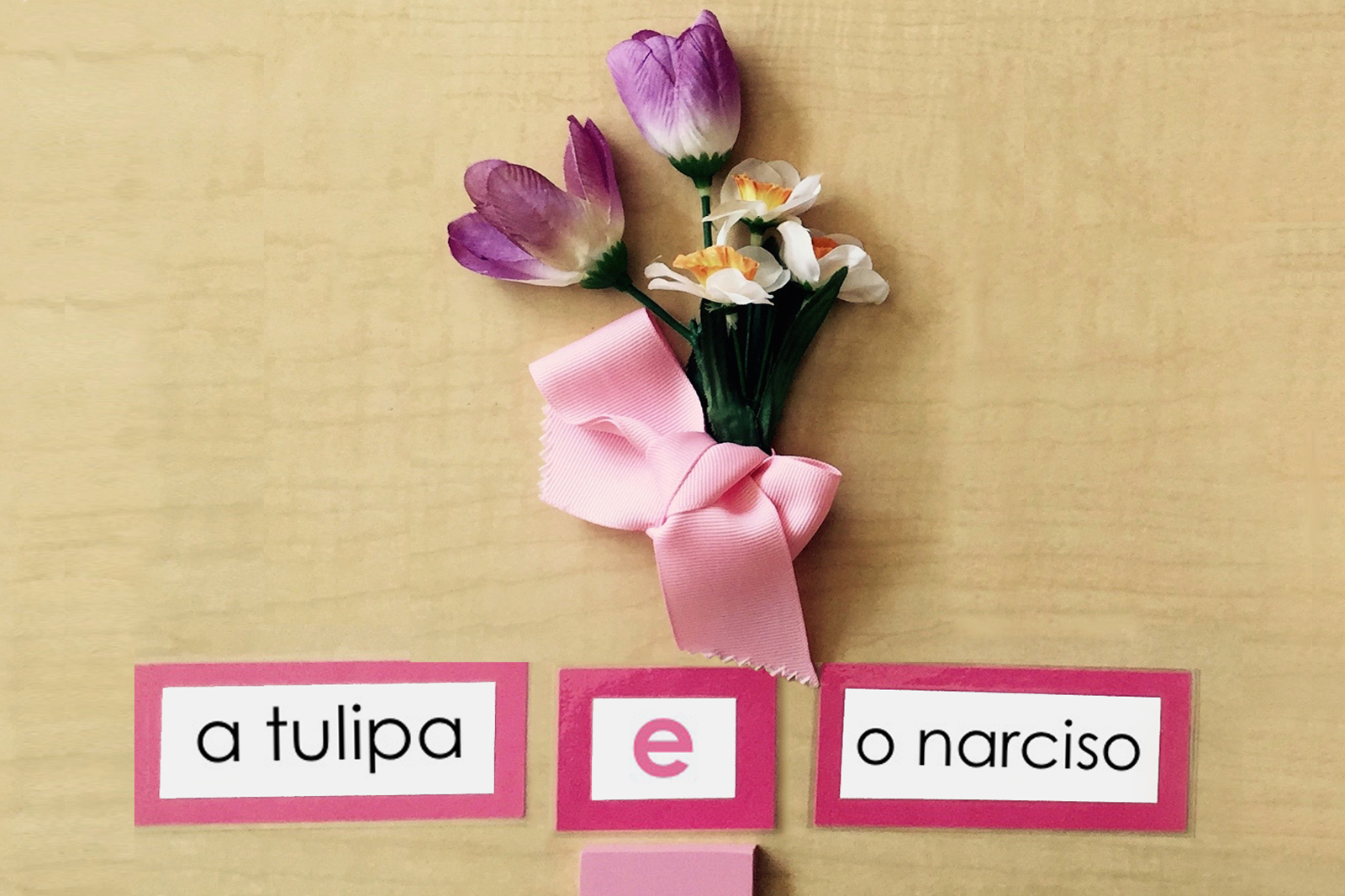In the Montessori philosophy, the safe and prepared environment is beautifully designed in five curriculum areas: Practical Life, Sensorial, Language, Math, and Cultural.
Practical Life
In this area, the early learner can work on real-life tasks to foster independence as they concentrate and become more coordinated. This gateway to the Montessori Classroom introduces the child to various items commonly used in daily life, such as materials for eating, dressing, and cleaning. This encourages autonomy, responsibility, and self-esteem, and provides the framework for classroom discipline.
Sensorial
Dr. Montessori developed a curriculum aimed at appealing to all of a child’s senses, with the idea that manipulation is not the only key to the maturing of sense organs, but also the starting point of intellectual maturity. Through the use of puzzles, blocks, and other materials, children are allowed to draw conclusions as they judge, compare, and classify objects. This prepares them for the other stages of the classroom.
Language
The Montessori Classroom is designed with a variety of language development materials, from phonetic analysis tools to tools for the development of small motor skills (necessary for writing), and auditory and visual skills (essential for reading). Writing precedes reading, as the child learns to form letters and recognize their sounds, which generates a “reading explosion,” as the two are seamlessly connected.
mathematics
As the child becomes more comfortable with the materials at his disposal, the concept of math is an abstract one, and just as in the case of language, the child has an understanding of what each symbol represents. Montessori children understand the difference between one and one thousand because they’ve seen it and felt it in their hands numerous times. The hands-on learning materials make abstract concepts clear and concrete.
Cultural
The Montessori cultural curriculum promotes the child’s imagination and fascination with the universe while cultivating their interest in observing the natural world around them. Children are introduced to history, geography, botany, astronomy, and much more through art, music, and books; allowing them to express their experiences and ideas creatively.
Why it Works?
The Montessori Method is effective because it encourages freedom and exploration, as children work independently, with access to guidance from their instructor. Children are given the opportunity to allow their curiosity to lead them to discoveries, a concept that develops a life-long love of learning. Educators are trained to observe and document each child’s growth to efficiently introduce the proper materials as they steer them through their journey in development.






